Figure 1a: Truth distributions for three neugen configurations. Only events with 0
Comparison of kinematics quantities using the after_pitt_merge_10_31 tag of NEUGEN. The after_pitt_merge_10_31 code is very similar to what we are currently processing with.
I'm sampling a fixed number of events according to the LE flux.
The previous default configuration was 2004DEF and the current default configuration is MODBYRS . The DUALITY configuration is an alternative to MODBYRS with a different treatment in the resonance region.

Figure 1a: Truth distributions for three neugen configurations. Only events with 0
Figure 1b: Truth distributions for three neugen configurations. Only events with 0
Conclusion: People doing analysis should expect to see noticeable shifts in the x, Q2 and muon angular distributions for low invariant mass. There is a small change in the y distribution.
This is a NEUGEN 4 vector study. NEUGEN version=pitt_10_28_1. The underlying energy spectrum is MINOS LE. There is no cut on the neutrino energy. All processes for muon-neutrinos are being plotted. The underlying configuration is MODBYRS-2.
Previously we have used the "SKAT" parameterisation of the formation zone (figures 2x). The new processing is using the re-tuned version (figures 3x). There is an alternative parameterisation based on NOMAD data (figures 4x). It includes a dependence on the hadron pT distribution w.r.t. the shower axis but seems ill-behaved at high pion energies (one expects the re-scattering to turn on asymptotically).
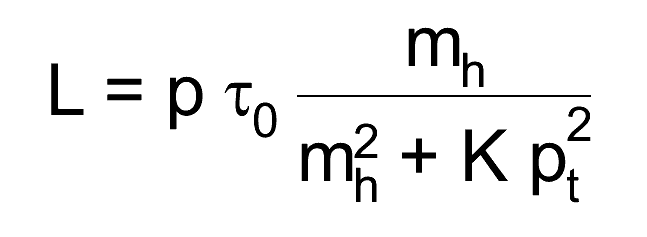
In Neugen b==K
tau_0 = 0.342 fm/c, b=0
Figure 2a: pion momenta
Figure 2b: fraction inelastically scattered(but not absorbed)
Figure 2c: fraction inelastically absorbed
tau_0 = 0.523 fm/c, b=0
Figure 3a: pion momenta
Figure 3b: fraction inelastically scattered(but not absorbed)
Figure 3c: fraction inelastically absorbed
Figure 3d: fraction inelastically scattered vs. pion momentum transverse to shower axis
Figure 3e: fraction inelastically absorbed vs. pion momentum transverse to shower axis
tau_0 = 2 fm/c, b=1
Figure 4a: pion momenta
Figure 4b: fraction inelastically scattered(but not absorbed)
Figure 4c: fraction inelastically absorbed
Figure 4d: fraction inelastically scattered vs. pion momentum transverse to shower axis
Figure 4e: fraction inelastically absorbed vs. pion momentum transverse to shower axis
Figure 4f: dependence of transverse momentum on pion momentum.
Conclusion: The figures emphasise the importance of re-scattering. Pions lose about 25% of their momentum to re-scattering. Some features, such as the delta peak, and drop in inelastic scattering below it, can clearly be observed. For the SKAT parameterisations the re-scattering probability decreases with pion energy. The NOMAD model is peculiar in that the number of scattered (and absorbed) pions appears to flatten at high energy. This is probably due to the pT dependence of the formation length in the nomad parameterisation; compare the very different behaviour of figures 4d and 3d.
I expect to see a couple % increase in the visible shower energy as a result of retuning the formation length.